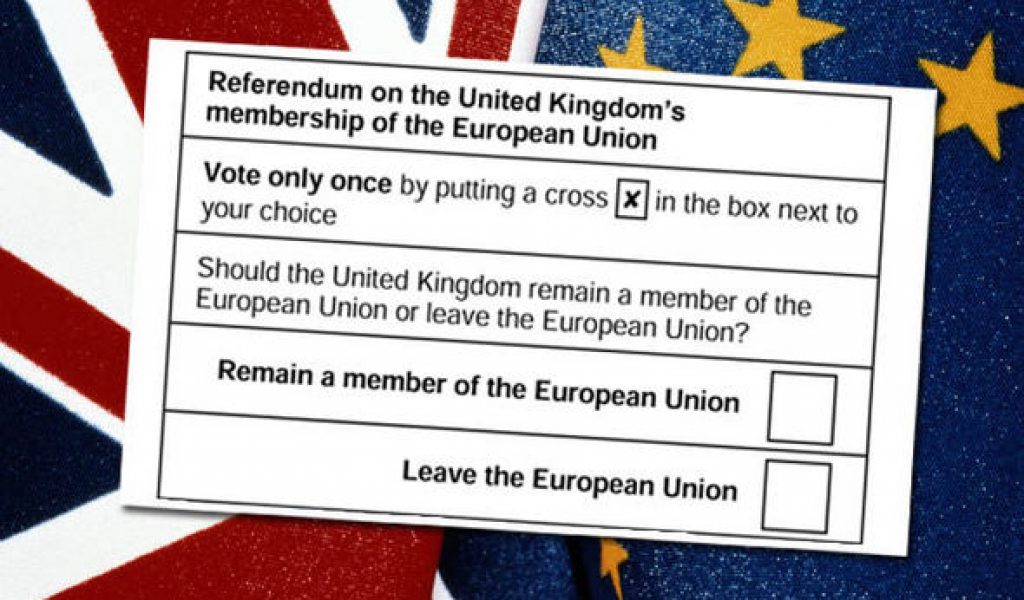Brexit? Don’t leave us this way
On 23 June, the UK will hold its long-awaited referendum for voters to determine whether to remain in, or leave the European Union. Although the run-up to the event has been long and dragging, very crucial questions regarding possible outcomes, consequential scenarios and market reactions have only come to the fore in recent weeks. In this note, we summarise what we think are the most important facts and figures surrounding the event.
Unfortunately, we cannot forecast the vote outcome with any degree of certainty. Until recently, opinion polls and bookmaker odds saw the “Remain” camp in a more or less clear lead over the “Leave” one. However, in recent days, the odds have swung significantly in favour of „Leave”. In addition, both bookmaker odds and opinion polls have proven to be unreliable forecasters in UK elections and the Scottish referendum, so it would seem unwise to rely on them. Given the recent swings in public opinion and the narrow margin between the support of the two campaigns, we believe that the outcome of the referendum is too close to call.
To that extent, a Brexit is a very real threat, and thus, we look at some crucial what-if questions in a macroeconomic context. Since there is no precedent for an EU exit, forecasts are hard to make, but building scenarios based on plausible assumptions should help find some guidance for the time after the referendum.









